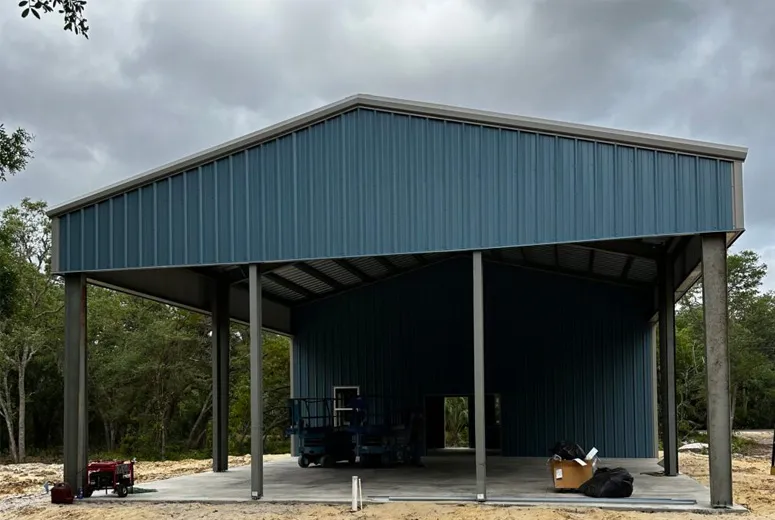- Afrikaans
- Albanian
- Amharic
- Arabic
- Armenian
- Azerbaijani
- Basque
- Belarusian
- Bengali
- Bosnian
- Bulgarian
- Catalan
- Cebuano
- Corsican
- Croatian
- Czech
- Danish
- Dutch
- English
- Esperanto
- Estonian
- Finnish
- French
- Frisian
- Galician
- Georgian
- German
- Greek
- Gujarati
- Haitian Creole
- hausa
- hawaiian
- Hebrew
- Hindi
- Miao
- Hungarian
- Icelandic
- igbo
- Indonesian
- irish
- Italian
- Japanese
- Javanese
- Kannada
- kazakh
- Khmer
- Rwandese
- Korean
- Kurdish
- Kyrgyz
- Lao
- Latin
- Latvian
- Lithuanian
- Luxembourgish
- Macedonian
- Malgashi
- Malay
- Malayalam
- Maltese
- Maori
- Marathi
- Mongolian
- Myanmar
- Nepali
- Norwegian
- Norwegian
- Occitan
- Pashto
- Persian
- Polish
- Portuguese
- Punjabi
- Romanian
- Russian
- Samoan
- Scottish Gaelic
- Serbian
- Sesotho
- Shona
- Sindhi
- Sinhala
- Slovak
- Slovenian
- Somali
- Spanish
- Sundanese
- Swahili
- Swedish
- Tagalog
- Tajik
- Tamil
- Tatar
- Telugu
- Thai
- Turkish
- Turkmen
- Ukrainian
- Urdu
- Uighur
- Uzbek
- Vietnamese
- Welsh
- Bantu
- Yiddish
- Yoruba
- Zulu
Oct . 11, 2024 10:44 Back to list
Foundation Design for Steel Columns
Foundation design is a critical aspect of civil and structural engineering, particularly when it comes to supporting steel columns in various construction projects. The purpose of a foundation is to provide a stable, strong base that can safely transfer loads from the superstructure to the underlying soil or rock. In this article, we will explore the key considerations and practices involved in the foundation design for steel columns.
Understanding Load Types
In any construction, steel columns must bear various types of loads, including dead loads, live loads, wind loads, and seismic forces. Dead loads refer to the weight of the structure itself, while live loads are temporary forces like occupancy and furniture. Wind loads are lateral forces caused by wind pressure, and seismic loads arise during ground movement. Each of these loads affects the design of the foundation, necessitating a thorough analysis to ensure that the foundation can accommodate these forces.
Soil Investigation
An essential first step in foundation design is conducting a soil investigation. This process assesses the physical and engineering properties of the soil at the site, including its load-bearing capacity, settlement characteristics, and groundwater conditions. Soil tests, such as Standard Penetration Tests (SPT) or Cone Penetration Tests (CPT), provide invaluable information that helps engineers determine the appropriate type of foundation. The findings from this investigation enable designers to assess whether the foundation will be shallow, such as spread or strip footings, or deep, like piles or caissons.
Foundation Types
Foundation types for steel columns can broadly be classified into shallow and deep foundations.
1. Shallow Foundations These are typically used when the soil has adequate bearing capacity close to the surface. Spread footings and isolated footings are common in buildings where loads are relatively light. For example, isolated footings are employed to support a single column, while combined footings are used to support two or more columns.
foundation design for steel column

2. Deep Foundations When the soil near the surface does not have sufficient bearing capacity, deep foundations are utilized. Pile foundations, which transfer loads through weaker soil layers to more stable strata below, are common in large buildings and high-rise structures. Piers and caissons are also types of deep foundations that serve similar purposes.
Design Considerations
When designing a foundation for steel columns, several factors come into play
- Load Transfer Mechanism The designer must consider how loads will be transferred from the column to the foundation and then into the soil. Effective load transfer minimizes the risk of differential settlement and structural failure.
- Settlement Both total and differential settlement must be evaluated. Total settlement refers to the vertical displacement of the foundation as a whole, while differential settlement assesses changes in elevation between different parts of the foundation. Excessive differential settlement can lead to severe structural issues.
- Lateral Stability Steel columns may be subjected to lateral forces from winds or seismic activity. A foundation must be designed to resist these forces to prevent tilting or overturning of the columns.
- Water Table Considerations High groundwater levels can complicate foundation design. Engineers are often required to implement drainage solutions or waterproofing to protect foundations from water ingress and buoyancy forces during flood conditions.
Conclusion
The foundation design for steel columns is integral to ensuring the stability and safety of a structure. By carefully considering the types of loads, conducting thorough soil investigations, selecting the appropriate foundation type, and addressing relevant design factors, engineers can create foundations that effectively support steel columns. Proper foundation design not only enhances the longevity of the structure but also contributes to the overall safety and robustness of the built environment. In an era where engineering challenges continue to evolve, an emphasis on sound foundation practices remains paramount to the success of construction projects.
-
How Do Prefabricated Steel Structures Transform Modern Construction?
NewsJul.14,2025
-
How Do Prefabricated Metal Buildings Redefine Modern Construction?
NewsJul.14,2025
-
How Do Prefab Insulated Metal Buildings and Steel Structures Revolutionize Modern Construction?
NewsJul.14,2025
-
How Do Pre - Engineered Steel Structures Redefine Modern Construction?
NewsJul.14,2025
-
Advancing Modular Construction with Prefabricated Metal Structures
NewsJul.14,2025
-
Advancing Industrial Infrastructure with Prefabricated Steel Solutions
NewsJul.14,2025
Products categories
Our Latest News
We have a professional design team and an excellent production and construction team.












